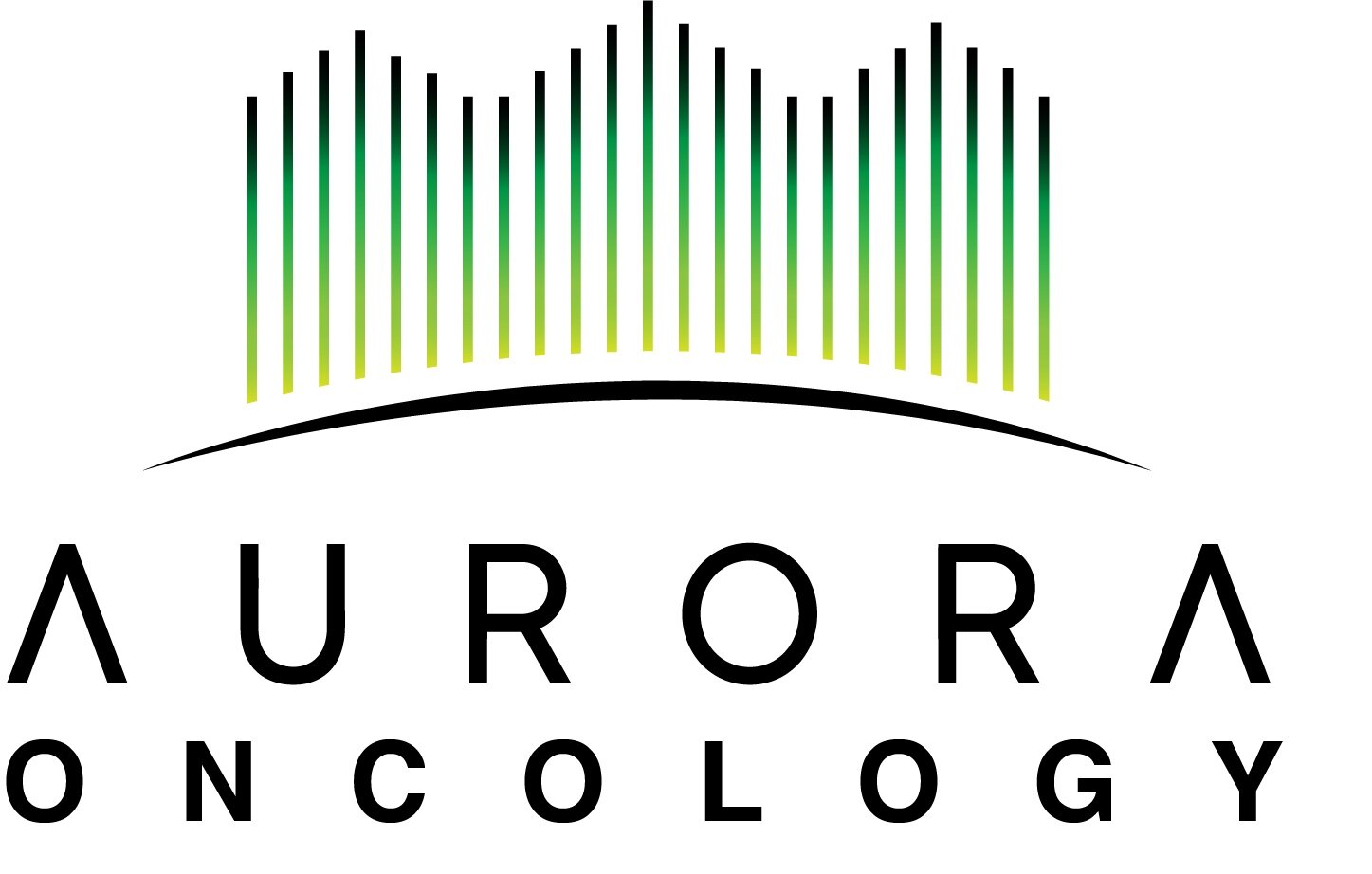A focus on targeted detection and targeted treatment of early stage cancer.
Bladder Cancer is usually detected at an early stage. Unfortunately, current therapies will fail half of these patients. Improving early detection and treating with effective, targeted therapies will avoid poor, often devastating outcomes.
More than 2 million individuals worldwide have bladder cancer with 1.2 million seeking therapy. In the U.S. bladder cancer accounts for ~80,000 new cases and ~15,000 deaths annually and is one of the most expensive cancers to care for. Current therapy involves cystoscopic resection and intravesicular BCG administration with recurrence/progression in about 40% of cases that eventually require cystectomy (removal of the bladder) or other aggressive therapy. BCG therapy is 40 years old, involving the use of live, attenuated TB bacteria and is associated with clinically important side effects in a high proportion of patients. Since metastatic disease is incurable and living with a cystectomy can be devastating, it is critical to treat bladder cancer when it is superficial to prevent disease progression.
Targeting the Cancer Cells
Epidermal Growth Factor Receptor - EGFR - is overexpressed in many cancers including bladder cancers.
The EGF pathway and receptor play an important role in bladder cancer pathogenesis and proliferation.
Aurora Oncology technology uses EGFR to target detection and target therapy in a novel way that only requires binding. Thus, the EGFR heterogeneity and the development of drug resistance that can thwart other EGFR pathway inhibition approaches is not a problem for our technologies
Localizing Targeted Therapy
EGFR is overexpressed on the luminal surface of bladder cancers
70% of urothelial cancers express EGFR while expression is rare in normal urothelium.
Intravesical delivery of drugs into the bladder target EGFR expressing cancer cells while leaving healthy bladder cells unharmed. Delivery to the bladder also avoids or eliminates exposure to systemic circulation the potential for systemic toxicity.
Targeting Detection
Aurora is developing a non-invasive diagnostic test to detect over expressed EGFR from cancer cells in the urine to enable treating only those patients that will respond to EGFR-targeted therapy.
Aurora is also developing and advanced theranostic approach that allows for unprecedented sensitivity in imaging early stage disease. EGFR-specific nanoparticals will allow detection of EGFR expressing cancer cells against a dark background with the subsequent ability to thermally ablate cells that have bound the particles.

AUR-79
AUR-79 provides improved diagnostic imaging with potent therapeutic thermal ablation in a single administration. AUR-21 is a theragnostic composed of Multifunctional Nanoparticles (MFNC) targeting Epidermal Growth Factor Receptor (EGFR)-overexpressing cells for the detection and treatment of bladder cancer. Gold nanorods coupled to anti-EGFR antibodies allow for binding to EGFR-expressing bladder cancer cells; this is further couple to up-converting nanoparticles that allow excitation with light below the visible range with emission of light within the visible range; thus, only the EGFR-expressing cells are visible against a black background. This provides for much improved sensitivity in detection as compared to current white and blue light methods. If cancer cells are detected a change in wavelength heats to the gold nanorods and drives thermal killing of the cancer cells.

AUR-21
AUR-21 is our lead compound being developed for the treatment of bladder cancer, and other Epidermal Growth Factor Receptor (EGFR)-overexpressing diseases. AUR-21 is a second-generation fusion-toxin built upon the success of DAB389EGF—a fusion of diphtheria toxin to EGF. With the diphtheria catalytic toxin intact, and the normal cell-binding domain replaced with a mutant form of EGF that enhances binding to EGFR by >20-fold, we have a novel, specific and potent targeted therapy that uses EGFR for cell uptake. Due to the catalytic mechanism of diphtheria toxin it has been demonstrated that one toxin molecule is sufficient to kill a cell. Thus, AUR-21 combines a novel potent mechanism of cancer cell killing with a very specific uptake mechanism. This also differentiates AUR-21 from other EGFR targeted therapies that use EGFR inhibition as their mechanism of action, and allows AUR-21 to be less likely to drive drug resistance and nor lose potency with the EGFR mutations. With administration of AUR-21 directly into the bladder therapy is first localized to the target tissue and then targeted to the EGFR-expressing cancer cells. By avoiding the systemic circulation toxicity to or eliminated to all but the bladder cancer cells.





